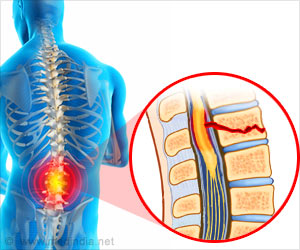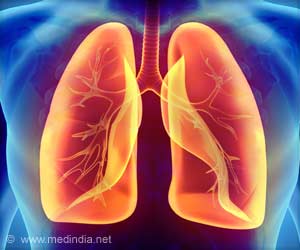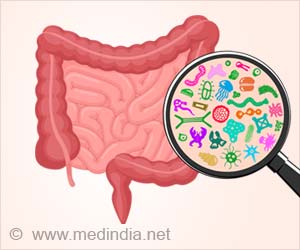Physical activity was found to prepare neurons to regenerate in case of spinal cord injury.

‘Key molecule called CREB-Binding Protein (CBP), a regulator of gene expression capable alters the expression of several genes, and thus increases the ability to regenerate damaged nerves.’





It was already knew, by studies with rodents, the benefits for the brain of an active lifestyle, explains Dr. Barco: "Laboratory animals that live in enriched environments, with wheels for exercise, toys and the presence of other animals, show better performance in memory and orientation tests, have more neurogenesis in the hippocampus, and also more dendritic spines, the structures of neurons that allow the formation of synapses or contacts between neuronal cells. And now, this work shows that the peripheral nervous system also benefits from an active lifestyle, "highlights Dr. Barco. This finding explains why people who have led an "active lifestyle" recover more after spinal cord injury than those with "less active" lifestyles. Although the work is still at an early stage, the findings open a "realistic path" that tests the links between pre-existing active lifestyle and subsequent recovery from a spinal injury, and possibly paves the way for clinical trials in human patients, say researchers at Imperial College London, led by the Dr. Simone Di Giovanni.
"Essentially, by increasing the activity of neurons that detect environmental stimuli, we have been able to promote the regenerative potential of the nerves after a spinal cord injury," Di Giovani explains. "We have shown that environmental enrichment, how housing the mice in a larger cage than usual, with other mice, with more toys, tunnels, swings, wheels, etc., increases the activity of the neurons. This enriched environment leads to changes in gene expression that cause the nerves to be more likely to regenerate, "explains Di Giovanni, who has coordinated the international study.
Each cell of the human body contains a long strand of DNA, about two meters long, with genetic information. To fit inside the cell nucleus this DNA is wound on proteins called histones, forming a kind of pearl necklace. In order for genes to be expressed, the collar must unwind partially and accurately at the right time. And it is at this point where the CBP protein intervenes.
Advertisement
In tests with mice and rats, administering a compound that increases the activity of the CBP protein six hours after the injury of the column, and subsequently once a week, promoted the regeneration of the damaged nerve fibers. After the injury and treatment with the drug, the rats, which otherwise could not walk correctly, recovered significant mobility in their hind legs, compared to the control animals, without treatment.
Source-Eurekalert















